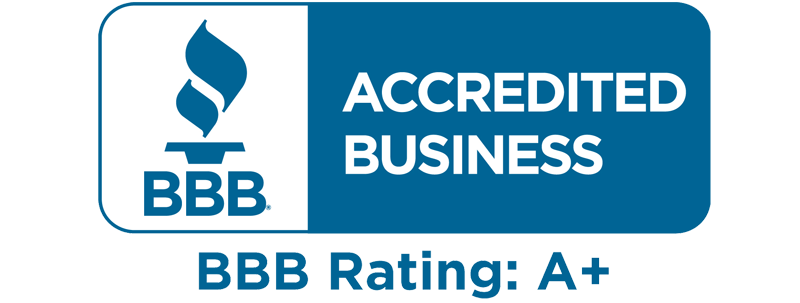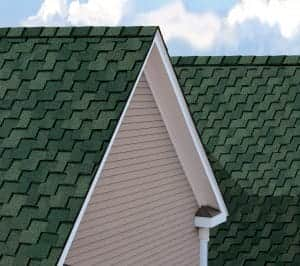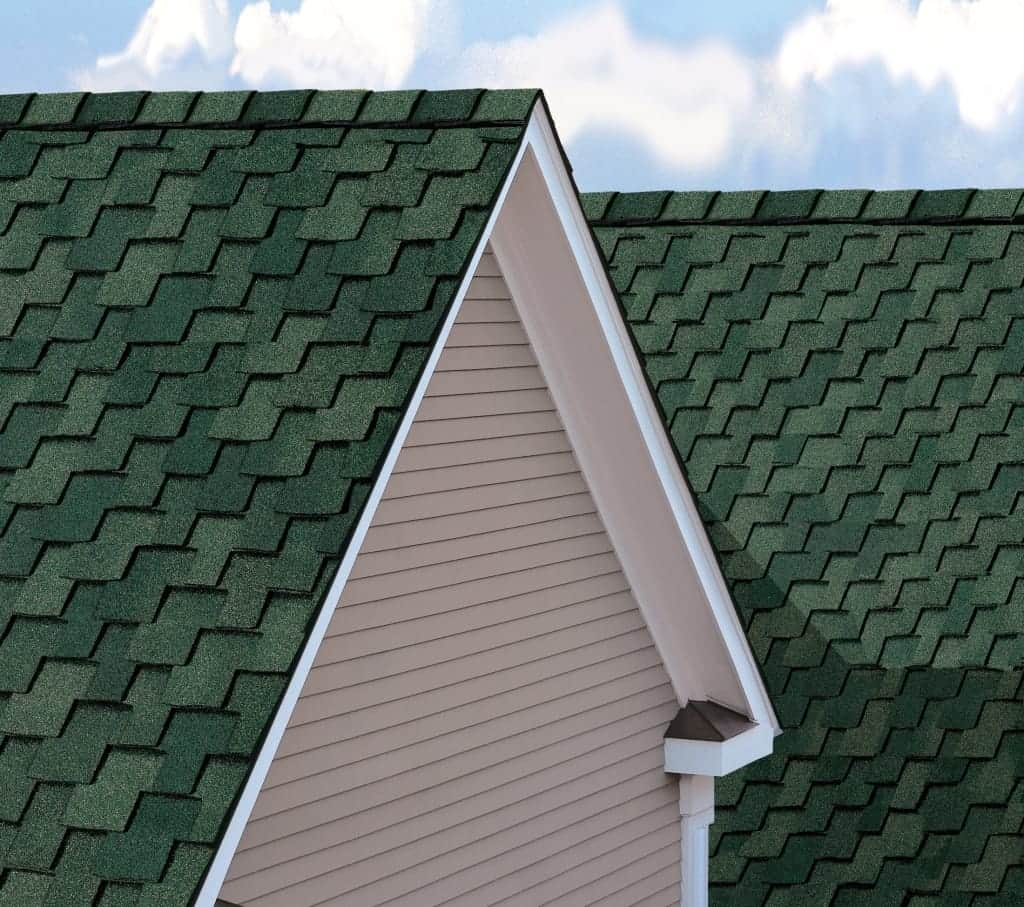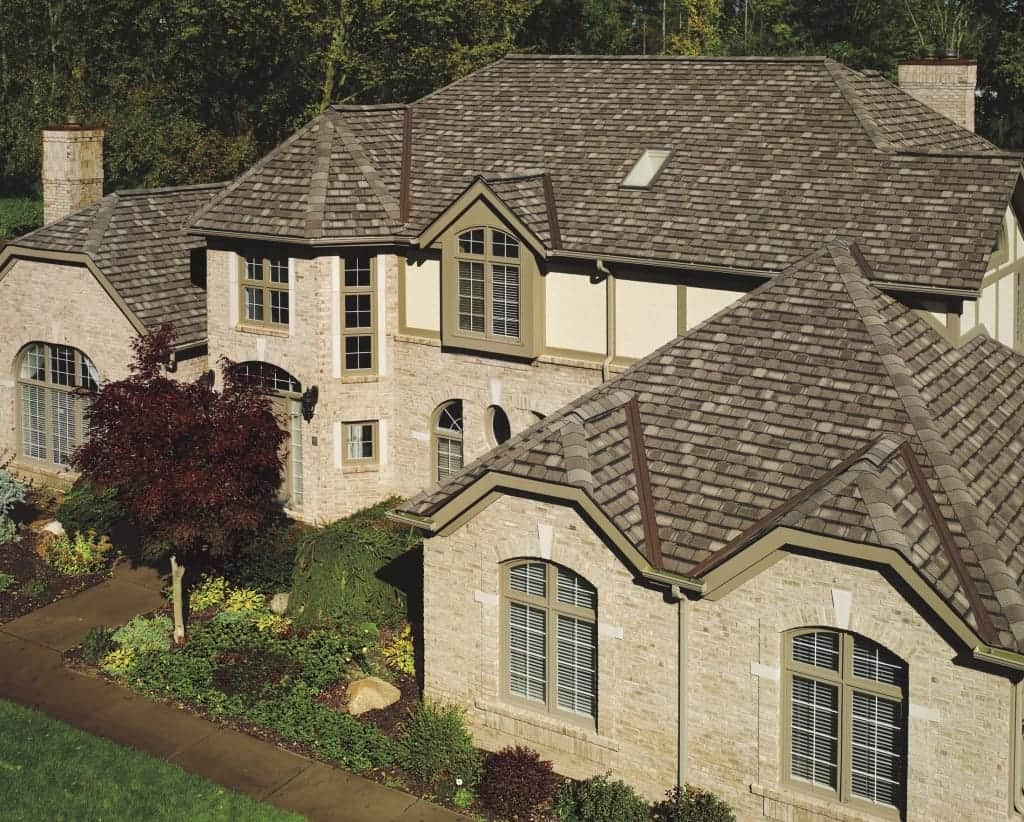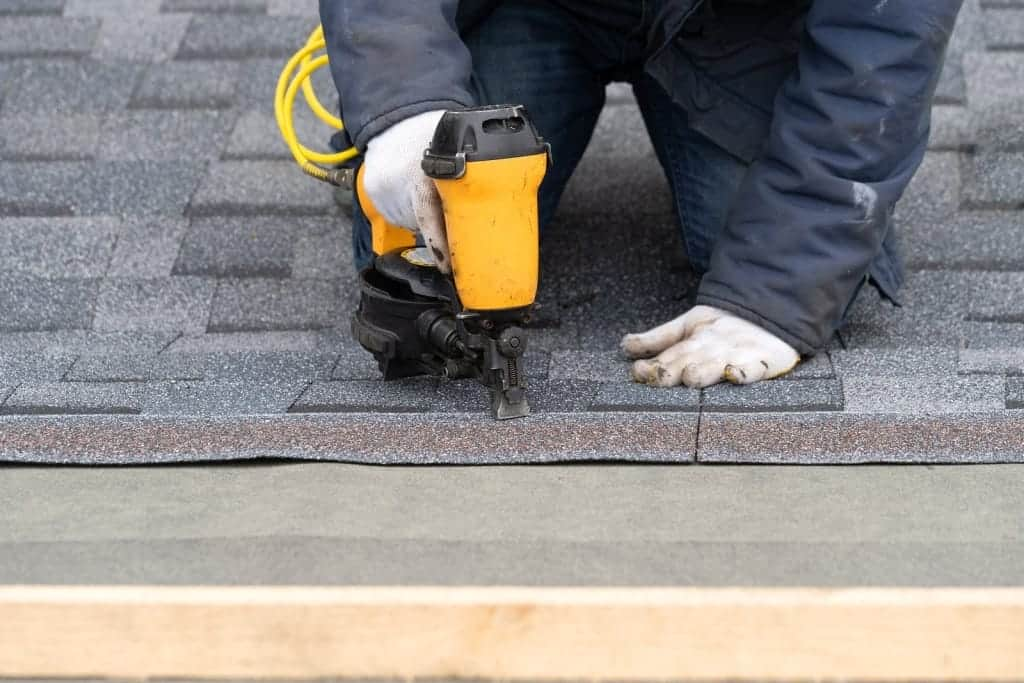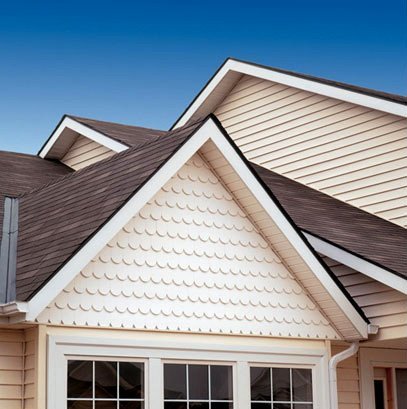10 Warning Signs Your Chesapeake, VA Roof Needs Professional Attention
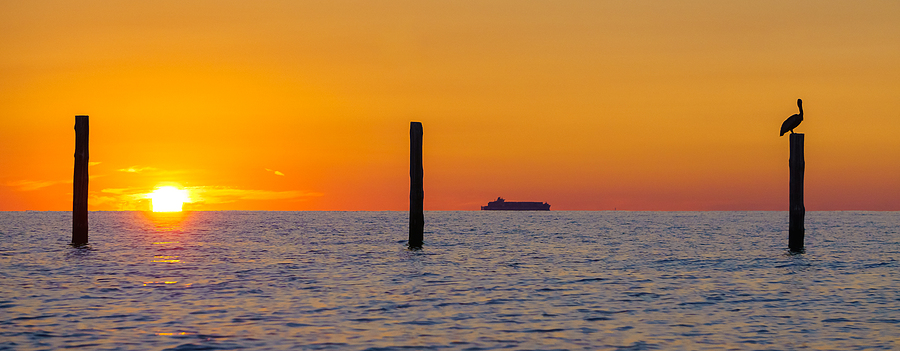

10 Warning Signs Your Chesapeake, VA Roof Needs Professional Attention
Chesapeake, Virginia, is known for its scenic waterways, lush greenery, and family-friendly neighborhoods. But living in this region also means your roof faces a range of environmental challenges—heavy rain, high humidity, and occasional coastal storms that move inland from the Atlantic. As a homeowner, it’s crucial to watch for early signs of roof trouble before they turn into bigger, more expensive problems. Here are the top 10 warning signs that your Chesapeake roof may need professional attention.
1. Curling or Buckling Shingles
What to Look For:
Shingles that curl at the edges or buckle in the middle, no longer lying flat.
Why It Matters:
Curling and buckling suggest the shingles are compromised, making it easier for rain, moisture, and even pests to get underneath. In an area like Chesapeake, where humid weather is common, roofing materials can deteriorate faster. Prompt replacement of affected shingles helps prevent leaks and structural damage.
2. Granule Loss or Bald Spots
What to Look For:
Bald patches where the top layer of granules is worn off, or piles of granules found in gutters.
Why It Matters:
Granules protect the underlying shingle material from UV rays and precipitation. When they wear away, the shingle is exposed and more prone to water damage and cracking. Heavy rains in Chesapeake can further weaken these already vulnerable areas.
3. Water Stains on Ceilings or Walls
What to Look For:
Brownish discoloration on ceilings, peeling paint near the top of walls, or water marks in your attic.
Why It Matters:
Water stains typically indicate a leak, which can worsen if not addressed. Chesapeake’s variable weather, including frequent rainstorms, can exacerbate small leaks, leading to mold growth and structural issues over time.
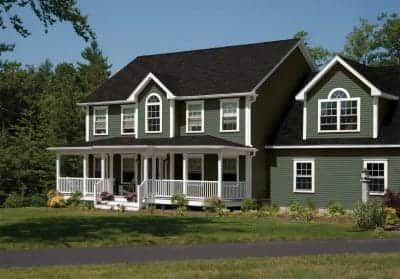
4. Mold, Moss, or Algae Growth
What to Look For:
Green or black patches on the roof’s surface, sometimes accompanied by a musty smell in the attic.
Why It Matters:
High humidity and consistent rainfall can encourage moss and algae to grow on roofs in Chesapeake. These organisms trap moisture against shingles, speeding up wear and tear. Prompt removal and prevention treatments can preserve your roof and maintain its curb appeal.
5. Damaged Flashing
What to Look For:
Loose, rusted, or bent flashing around chimneys, vents, skylights, and roof edges.
Why It Matters:
Flashing protects the most vulnerable seams on your roof. When it’s damaged, water can seep in, increasing the risk of rot, mold, and interior damage. In a region like Chesapeake that sees periodic heavy rains, compromised flashing is a fast track to leaks.
6. Sagging Roof Deck
What to Look For:
A noticeable dip or bow in the roof’s surface when viewed from the street or attic.
Why It Matters:
A sagging roof often points to deeper structural problems, such as rotted decking or weakened rafters. Since Chesapeake can experience strong storms and occasional hurricane-force winds, a weakened roof deck poses a serious risk if left unaddressed.
7. Unexplained Rise in Energy Bills
What to Look For:
Higher heating or cooling costs without a corresponding increase in usage or rate changes.
Why It Matters:
A failing roof can allow air to escape, forcing your HVAC system to work harder. Given Chesapeake’s hot, humid summers and chilly winters, a well-insulated and sealed roof is key to energy efficiency. Investigate any unexpected spikes in your monthly bills to spot potential roof issues early.
8. Dark Streaks or “Dirty” Appearance
What to Look For:
Black streaks or grimy discoloration that won’t wash away with simple rinsing.
Why It Matters:
These streaks are often caused by airborne algae, which thrives in humid climates like Chesapeake’s. Besides looking unsightly, algae can degrade shingle quality over time. Professional cleaning or treatment can restore your roof’s appearance and extend its lifespan.
9. Daylight in the Attic
What to Look For:
Sunlight shining through gaps in the roof boards when you inspect your attic during the day.
Why It Matters:
If light is penetrating, water will have no trouble getting through. Even small holes can turn into significant leaks during Chesapeake’s frequent rainstorms. Sealing these gaps promptly helps avoid costly water damage and potential mold growth.
10. Excessive Debris After Storms
What to Look For:
Pieces of shingles, tiles, or other roofing materials around your yard or in your gutters following heavy wind or rain.
Why It Matters:
Strong winds can lift or tear off loose roofing materials. If you find debris after a storm, it’s time to schedule an inspection. Catching damage early helps prevent leaks and ensures your home is better protected for the next round of bad weather.
Next Steps: What to Do If You Notice These Signs
- Schedule a Professional Inspection
Call a local roofing contractor familiar with Chesapeake’s climate. They’ll determine if minor repairs or a more comprehensive fix is needed. - Request a Detailed Estimate
A trustworthy roofer will provide a clear, written quote detailing the scope of work. Getting multiple estimates can help you choose a fair price and the right materials. - Consider Material Upgrades
If you need extensive repairs or a full replacement, think about upgrading to more durable, weather-resistant materials. Options like high-wind asphalt shingles, metal roofing with anti-corrosion coatings, or synthetic shingles can better withstand Chesapeake’s climate. - Stay Proactive
Continue scheduling routine inspections—especially after major storms. Regular maintenance is the best way to extend the life of your roof and avoid unexpected repair costs.
Get Going Today!
Your roof is your home’s first line of defense against Chesapeake’s unique weather conditions. From frequent rain to strong storms and humidity, there’s no shortage of stressors that can compromise its integrity. By watching for these 10 warning signs and taking swift action when you spot potential problems, you’ll protect your home, preserve its value, and ensure the safety and comfort of everyone inside.
If you notice any of the red flags above, don’t wait—reach out to a local, licensed roofing professional. With timely inspections and the right repairs, your Chesapeake roof can stay strong and safeguard your home for years to come.

